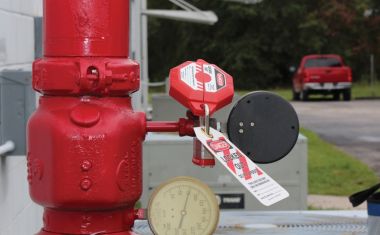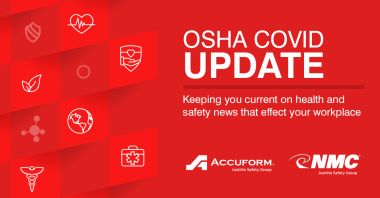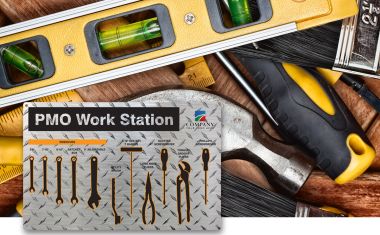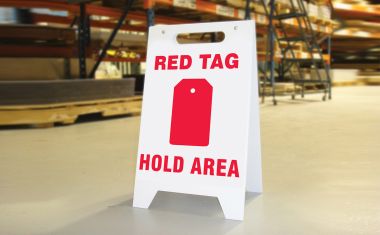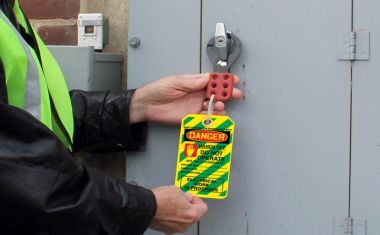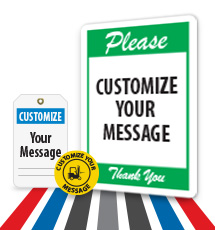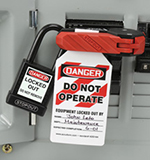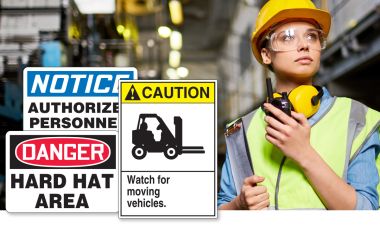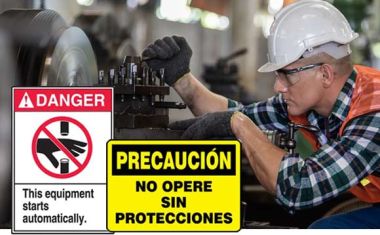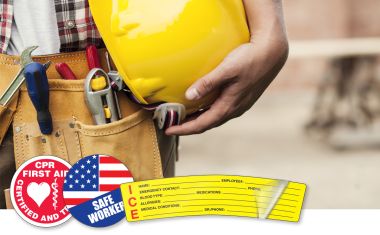It Takes More Than an AED Device to Save a Life
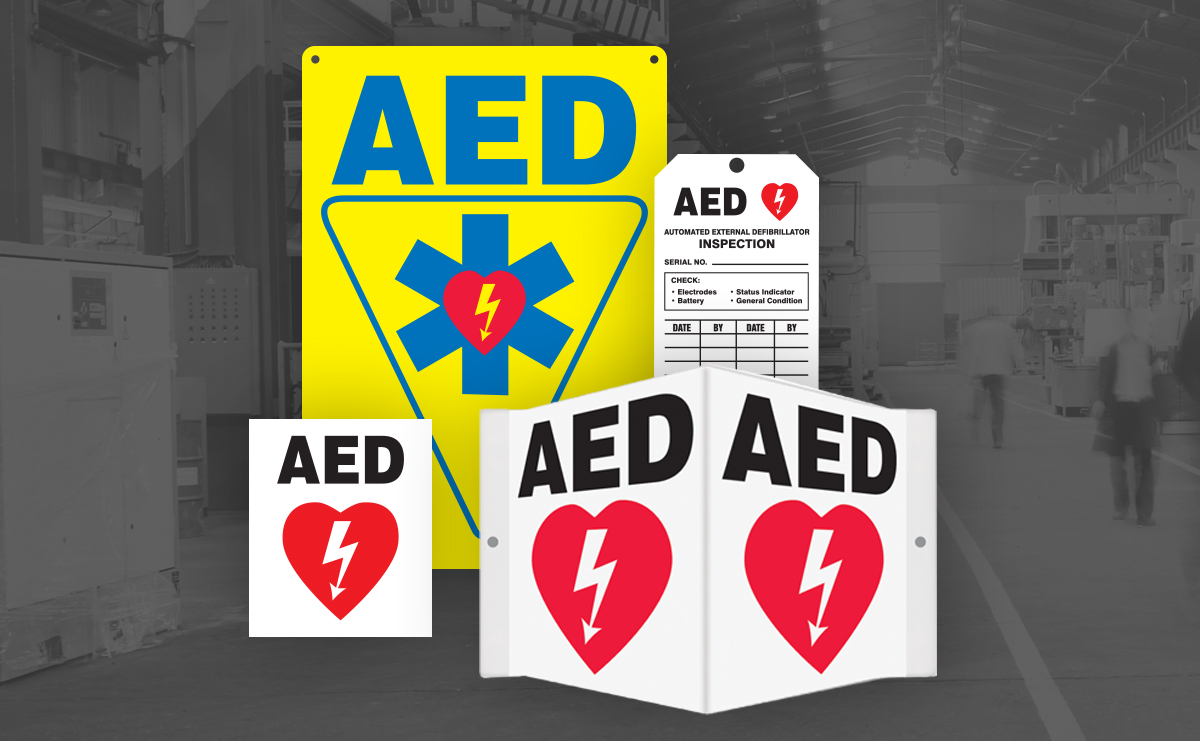
If someone in your facility needed life-saving equipment, would everyone know where to find it?
Every year, sudden cardiac arrest (SCA) is responsible for the deaths of 350,000 plus people in the United States alone. Look around you, any one of your coworkers could fall to victim of SCA. And if that happened, would you like where the nearest Automated External Defibrillator (AED) portable device is located?
See, the important thing about an AED device is that it automatically diagnoses cardiac arrhythmic and treats an SCA victim through defibrillation, until the medical personnel is on site.
If an AED is used right away, it can increase the chance of survival by 49-75%.
When a workplace asses its own requirement for an AED program as part of its first-aid response, it can save a life.
What does OSHA say about AED portable devices?
The Occupational Safety and Health Administration First Aid Standard (29 CFR 1910.151) requires trained first-aid providers at all workplaces of any size if there is no “infirmary, clinic, or hospital in near proximity to the workplace which is used for the treatment of all injured employees.”
Additionally, an AED should be considered when selecting first-aid supplies and equipment for the health of not only your workers but visitors, as well.
Automated external defibrillators (AED) are an important life-saving technology – but without clear identification – the chance they’ll save a life is cut short.
Placement of your AED portable device and signage are equally important. The location of your AED is critical to improving the chance of survival during a medical emergency. Without a clear path to the AED and an easily recognizable sign showing the location, the medical equipment would be found too late to help the victim.
Multiple AED signs not only save time and confusion, but they can also ultimately help save a life. Just remember, like any piece of safety equipment, such as a fire extinguisher or smoke detector, an AED must be inspected regularly and maintained with inspection labels or tags.
What are OSHA requirements for inspecting AED devices?
Per OSHA 29 CFR 1915.87, “Employers who provide automated external defibrillators (AEDs) at their workplaces should designate who will use AEDs and train those employees so they know how to correctly use the AEDs. Although a growing number of AEDs are now designed to be used by any person, even without training, training reinforces proper use and promotes the use of AEDs as part of an effective cardiopulmonary resuscitation plan. For AEDs to be effective, employers should:
- Ensure that AEDs are located so they can be utilized within three to five minutes of a report of an accident or injury;
- Ensure that employees use AEDs in accordance with manufacturers' specifications; and
- Inspect, test, and maintain AEDs in accordance with manufacturers' specifications (which normally is once a month.)
The good news is AEDs are easy to inspect and maintain. The most important inspection tasks are to check the status indicator for a "Ready" or "OK" status and verify the electrode pads and batteries have not expired.
It takes more than just an AED to save a life – training, eye-capturing signs, clear pathways, and regular inspections work together to ensure the emergency equipment is ready when you need it.
